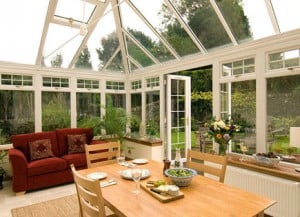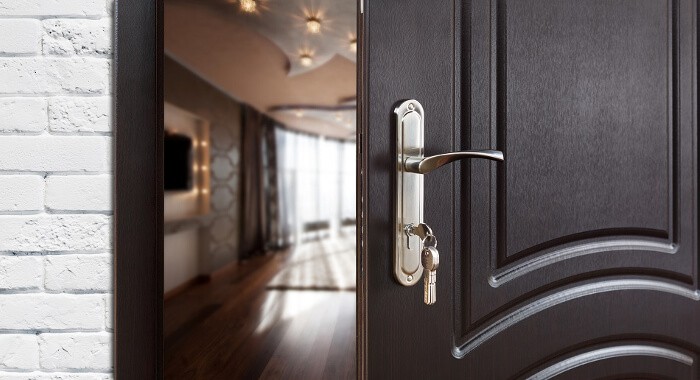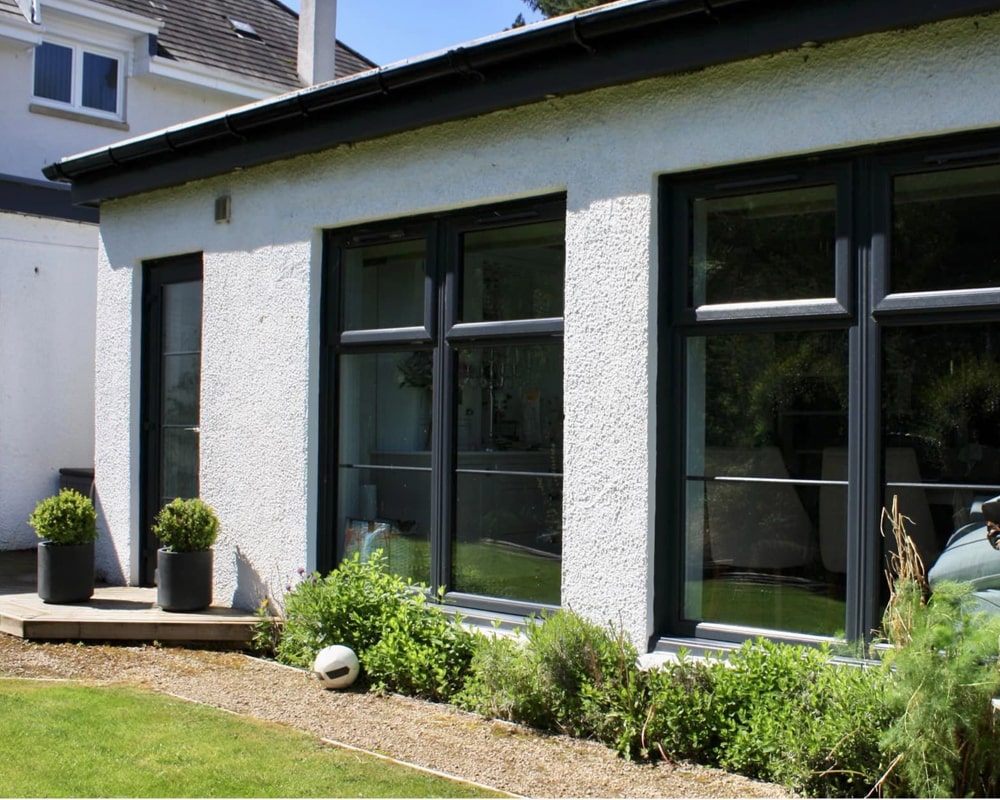 Traditionally, conservatories were a building attached to your home; it was a space to grow plants, commonly including space for socialising. Now, the difference between sunroom, garden room, orangery and conservatory has become blurred.
Traditionally, conservatories were a building attached to your home; it was a space to grow plants, commonly including space for socialising. Now, the difference between sunroom, garden room, orangery and conservatory has become blurred.
Given the worst winter rainfall in 250 years, I believe it is now time that we gardeners took the conservatory back. The thought of tending plants without leaving the home, sheltered from the elements, is a massively appealing plan. Even though the dream sounds bucolic, ensuring ideal conditions for plants could be catchy. So, how would you transform your conservatory into a garden room?
Transform your Conservatory into a garden room #1: Use
List the methods in which you’d like to utilise your conservatory – the final layout will be affected by this. Do you want to entertain, relax, garden, or all those as mentioned earlier? Is the aim of your conservatory exclusively to raise and nurture a special type of plant? If so, what type? The ratio of growing to social space affects the design, layout building and proportions, not to mention where you build your conservatory.
Transform your Conservatory into a garden room #2: Design
You want to finish with a well proportioned conservatory that’s fit for purpose. Inevitably, this means losing part of your garden but hold tight to your goal of making a structure that, through good design, offers an effortless connection between in and out.
A conservatory will reduce your garden’s footprint. But don’t forget that the glass panels in a conservatory means that there is lots of growing to be done. A conservatory could match your planting needs as well, if not better, than your garden space.
Pick furniture, the size of planting beds and accessories at the design phase. These dimensions will determine internal floor layout and the final proportions and help ensure that the natural light is going to be a plus, not a hindrance and that the finest views are integrated.
As for architecture, the clear choice is to hark back to the style of your house. However, modern conservatories alongside period houses are increasingly popular, regularly making minimal impact.
Transform your Conservatory into a garden room #3: Aspect
A south-facing feature may seem like the best option to guarantee the sunshine all year round, but sun rays intensify and can burn through the glass. Also, the air inside the conservatory becomes hot and dry—an atmosphere that no plant (or individual) enjoys—and that also encourages pests. Blinds create a fundamental improvement.
Transform your Conservatory into a garden room #4: Glazing
Glass panels make conservatories operate to full capacity.
Coloured glass and lanterns, architecturally speaking, can create interest, bu they can create fussy effects or, for example, duplicating the details of the windows in your property.
Remember: a conservatory is essentially a glass house, not an extension of your property. Plan to make sure it’s completely transparent while looking out. Neutral glass will not reflect furniture; thus enabling a clear view, and a wonderful connection to the landscape beyond.
Transform your Conservatory into a garden room #5: Ventilation
To ensure a comfortable feeling, you have a need for a well- designed ventilation system. We’ve so few really hot summer days in this nation that air conditioning isn’t necessary, but to control overheating a great ventilation system is vital. Roof vents are essential in releasing a build-up of hot air. Low-level air may be drawn through doors or low vents, with hot air rising naturally to be released through roof venting to give a cool, moist atmosphere appreciated by people and plants.
Ventilation may be operated manually, but automatic systems are perfect in case you are a regular traveller, or like me, become absent-minded when relaxing in the garden on those rare sunny summer days.
Transform your Conservatory into a garden room #6: Heat
The temperature you heat your conservatory too is probably the most important decision in terms of how it will be used by you. Your choice isn’t just about people – temperature helps the plants grow, too. Warming a conservatory all year-round to the same temperature as your home (15-21C), will restrict you to tropical plants.
Unheated conservatories are ideal for overwintering and hardy plants. So creating a fragrant winter garden would not be a bad thing, if you keep a fleece to hand.
If you keep a minimum winter temperature of 10C, you can have the best choice of plants. Mediterranean plants are joyful at this temperature and will most likely flower year round.
You can heat a conservatory by a range of processes. Underfloor heating is the least intrusive but rules out rubber, wood or vinyl flooring. Some plant’s root systems can’t bear being placed on a heated flooring. One option would be to warm just the middle section of the flooring leaving the edges free for plants in pots.
Transform your Conservatory into a garden room #7: Watering
It is recommended to contain an external tap for easy watering. Though tempting, an irrigation system is not easy to tailor to plants’ individual needs. Watering your plants by hand gives you more control.
Water additionally adds much-needed humidity to the atmosphere. The best method to add humidity is with a canopy of plant leaves, which constantly release H2O into the atmosphere. A pool will also help with this – and add different sort of feeling. Moreover, In a watering crisis, they can be used as a plunge pool for plants.
Flooring materials must have the ability to resist spillages. Continuing your exterior paving is not just practical, but it also unifies the transition from inside to out. And planting beds that meet with the earth beneath the conservatory flooring will enable plants to thrive.
Transform your Conservatory into a garden room #8: Plants
Plan plants at the design stage. Most flowers naturally need to face east or south. And this means that quite frequently in a south-facing building all your flowers look out of the windows, away from you.
Transform your Conservatory into a garden room #9: Planning Regulations
Ordinarily, most conservatories are within permitted development areas, so long as certain size and stature conditions are fulfilled. Visit the planning portal site (planningportal.gov.uk) for the complete list of conditions or check with your local authority.
At the Advanced Group, we can not only cope with the design, fabrication and installation but with any planning permissions, as well. Call us today or fill out the form on the page to get in touch.












